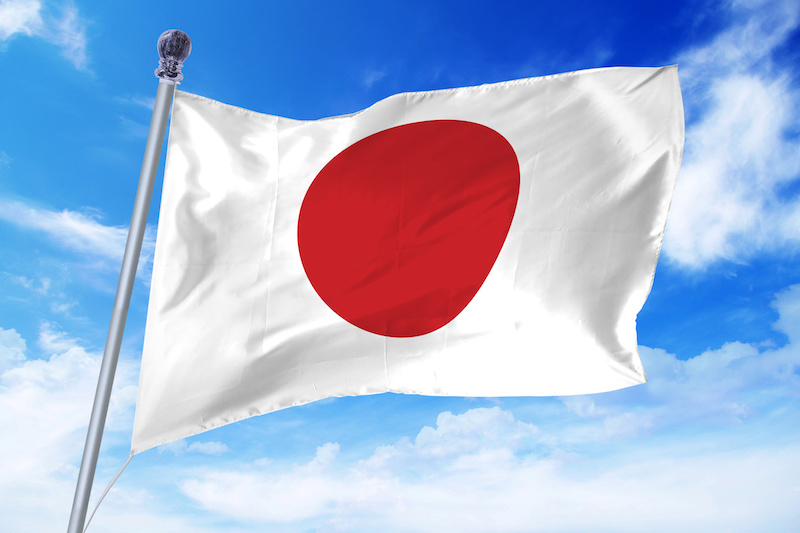

Japanification is a term describing the spread of low growth and low inflation around the world.
Speaking at the Canadian Investment Review’s 2019 Defined Benefit Investment Forum in Toronto on Dec. 6, Charles Lannon, head of equities at Cidel Asset Management Inc., discussed whether Europe and the United States are destined for a similar fate as Japan.
Japan came out of the Second World War in tough economic shape. But after receiving financial assistance from the U.S. and with economic growth coordinated largely by the public sector, the country emerged as a global leader in a host of export-oriented industries, he said.
The 1960s, 1970s and 1980s were three fantastic decades of growth for Japan. “Real GDP averages 6.5 per cent during those three decades. The yen more than doubles in terms of its appreciation, the Japanese equity market is absolutely fantastic. It averages 12 per cent over that timeframe, but does 20 per cent a year in that final decade.”
However, the country’s success came to an end with some key changes. For example, the country moved away from its core competencies, special economic zones emerged in China that competed with Japan on low-end manufacturing and Europe and the U.S. saw a renaissance in consumer goods.
As a result, Japan’s growth span ended in the 1990s. Today, Japanese equities are still slightly more than half of their all-time peak, with GDP growth incredibly weak for decades and inflation essentially non-existent, Lannon said.
As well, short-term rates, with minor exceptions in Japan, have effectively been zero for almost 20 years and government debt has ballooned.
Japanification is a vicious cycle that starts with low nominal growth, which begets low inflation, causes a collapse in rates and high debt and then feeds into low confidence, reinforcing low growth, said Lannon.
Some similarities can be drawn between Japan’s experience and the current situation in Europe and the U.S. — growth is slowing, inflation is down in Europe and unchanged in the U.S. and debt is picking up in both regions.
However, big differences exist between Japan and the West, he said. Firstly, Japan’s poor economic growth is, in part, a result of its negative population growth, which is largely due to low levels of immigration; generally speaking, this isn’t the case in the West. And secondly, the U.S. was quicker to clean up its banking system after the financial crisis.
While Europe is at risk of Japanification, North America is not, Lannon said. “Nominal GDP is just much better in North America than it is in Europe in terms of both components: the real GDP growth and inflation.”
As well, population growth is generally better in North America than it is in Europe.
Lannon said investors can look at Japanification and see how the cycle can compromise fixed income returns, but it isn’t necessarily bad for stock market returns, since Japanese equities have performed broadly in line with the West since the spring of 2003, despite weaker growth.
Particularly, stocks of globally competitive companies can still thrive and quality matters in a low growth economy. “The companies that are really going to suffer are going to be the domestically oriented ones that simply can’t sell goods outside of their home market.”
The Japanese experience also shows rates can stay low for a long time, he added. But on the positive side, “equities can still work, even in a low growth environment.”
